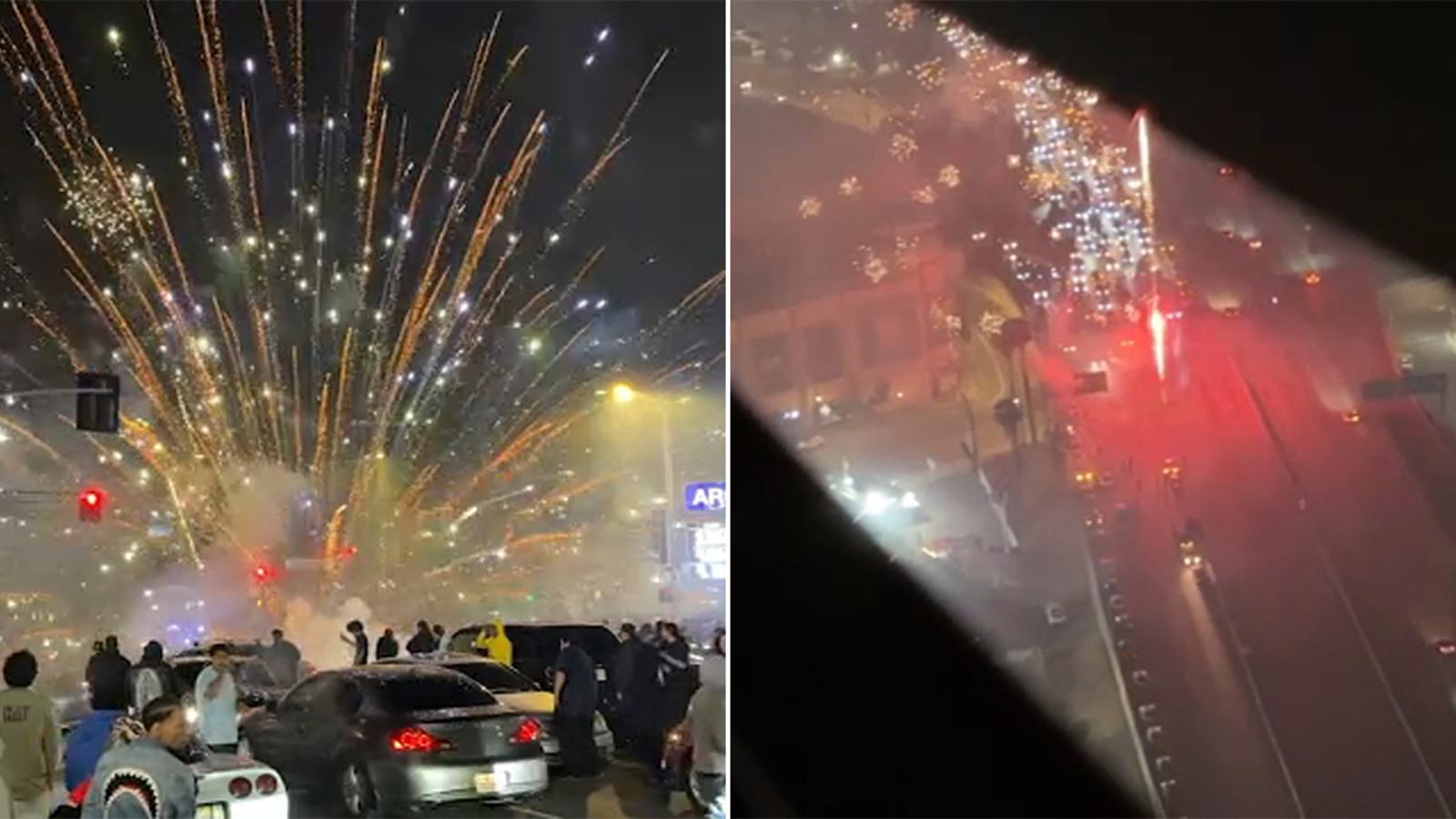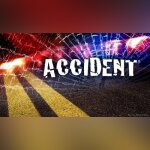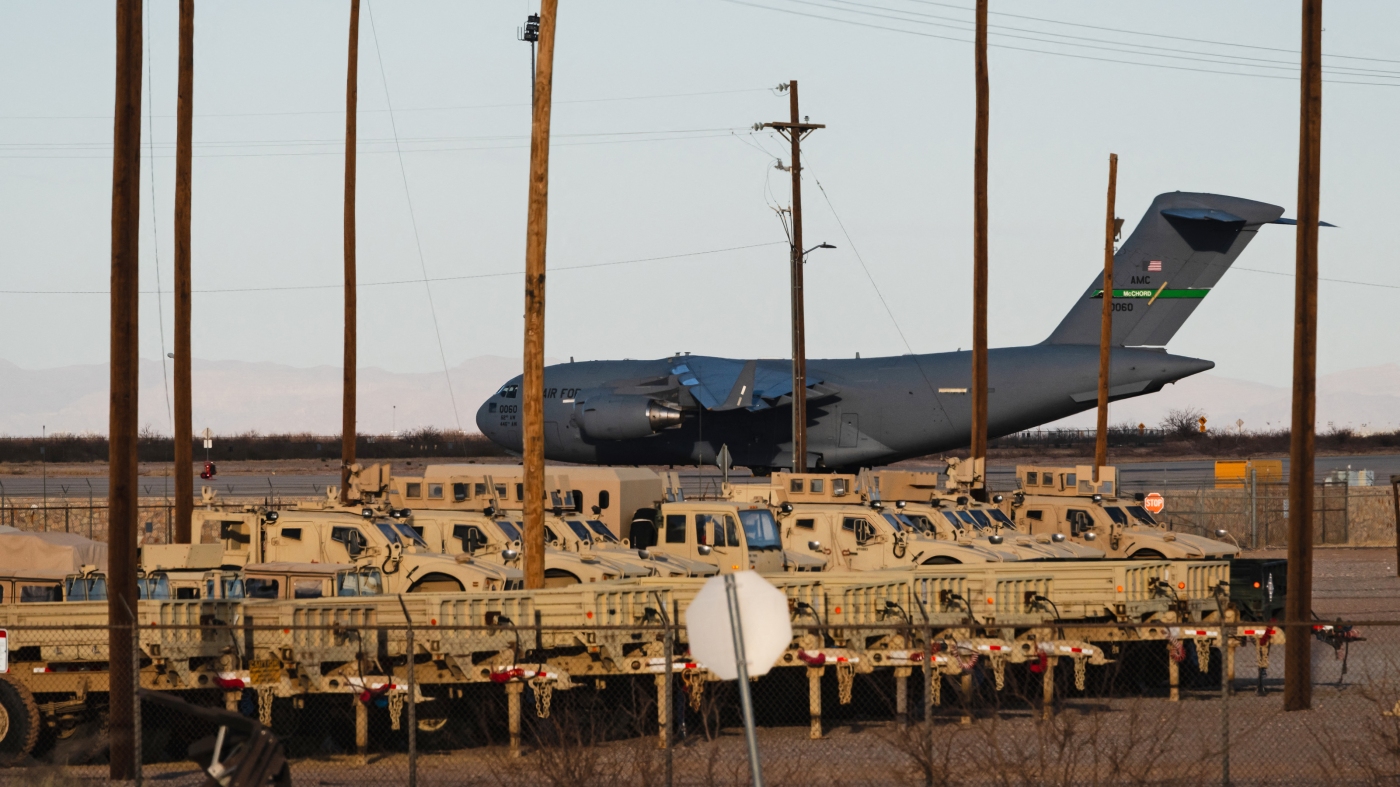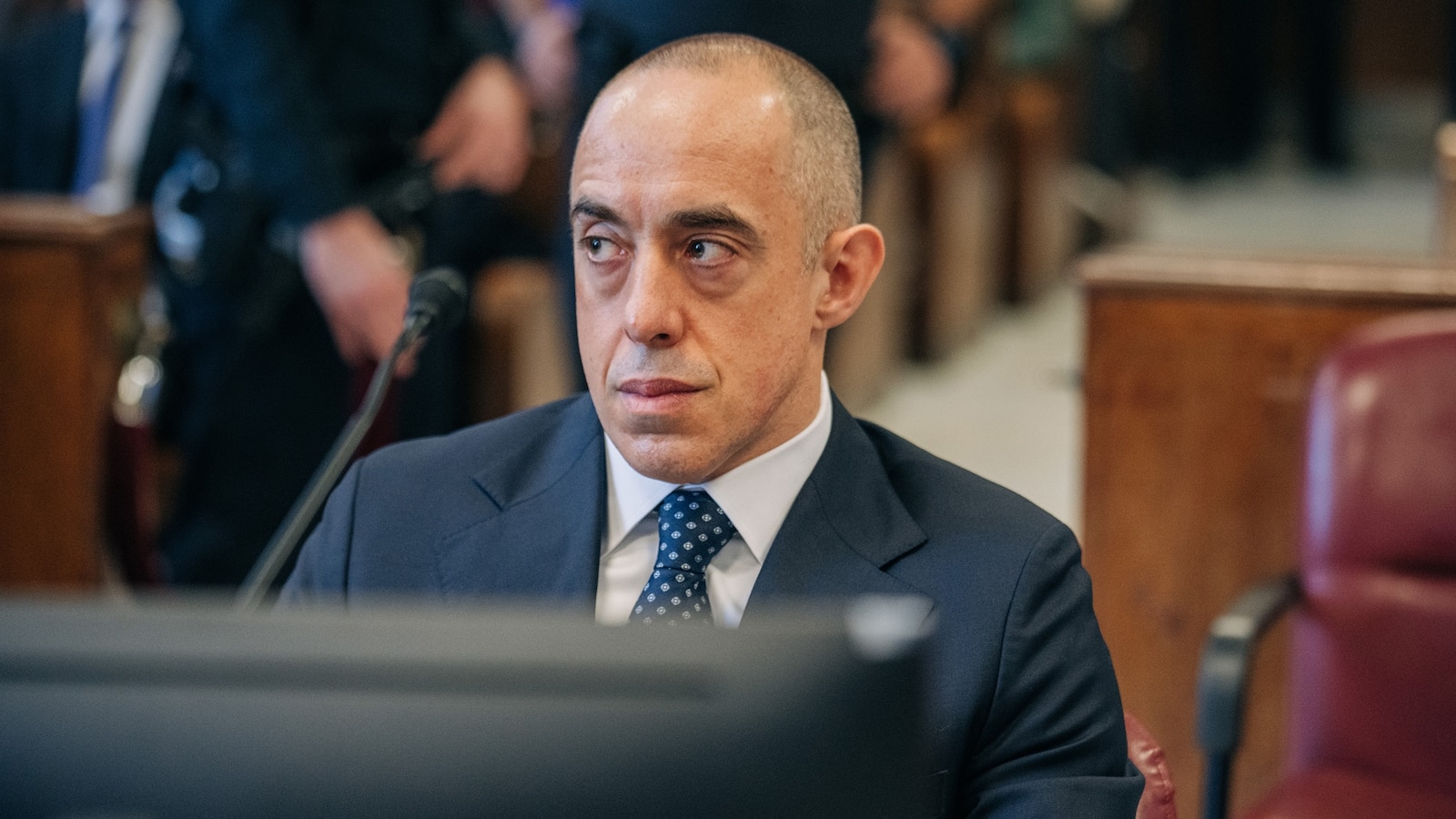Street Takeovers and Fireworks Disrupt Los Angeles Freeways on July Fourth

LOS ANGELES — In the aftermath of July Fourth celebrations, the Los Angeles area witnessed a series of street takeovers that disrupted traffic and raised safety concerns. Police responded to at least two such incidents, with one notable event occurring near the intersection of Imperial Highway and Avalon Boulevard in the Green Meadows neighborhood, just west of Watts, around 2 a.m. on Saturday.
Video footage captured the chaotic scene as a large crowd gathered to watch cars performing donuts in the street while fireworks lit up the night sky. The Los Angeles Police Department (LAPD) reported that officers eventually managed to disperse the crowd. However, shortly after the incident, it is believed that some participants were involved in a break-in at a nearby Metro by T-Mobile store. As of now, no arrests have been made.
Freeway Chaos Amid Celebrations
Meanwhile, another street takeover occurred on the northbound lanes of the 110 Freeway near downtown Los Angeles. This incident, which took place around 3 a.m., temporarily halted traffic as drivers executed donuts on the freeway, accompanied by a display of fireworks. By the time law enforcement arrived, the participants had dispersed, and normal traffic flow had resumed.
The announcement comes as Los Angeles grapples with the ongoing issue of street takeovers, which have become increasingly common in recent years. These events, often organized through social media, pose significant risks to public safety and have prompted calls for stricter enforcement and preventative measures.
Understanding the Phenomenon
Street takeovers typically involve large groups of people who gather at predetermined locations to watch drivers perform dangerous stunts. These events often occur late at night, taking advantage of less traffic and reduced police presence. The combination of high-speed maneuvers and pyrotechnics creates a spectacle that draws crowds but also endangers participants and bystanders alike.
According to traffic safety experts, the allure of these takeovers lies in their adrenaline-fueled nature and the sense of community among participants. However, the risks are substantial. “These events are incredibly dangerous, not just for those involved but for the general public,” said Dr. Emily Carter, a transportation safety analyst.
Statistics show that street racing and related activities result in numerous injuries and fatalities each year.
Historical Context and Law Enforcement Response
The rise of street takeovers in Los Angeles can be traced back to the car culture of the 1980s and 1990s, which celebrated street racing and automotive modifications. Over time, these gatherings have evolved, with social media playing a pivotal role in their organization and proliferation.
Law enforcement agencies have struggled to keep pace with the rapid mobilization of these events. The LAPD has implemented various strategies, including increased patrols and the use of technology to track and predict potential takeovers. However, the sheer spontaneity and mobility of these gatherings often make them difficult to control.
Looking Ahead: Potential Solutions
As Los Angeles continues to contend with the challenges posed by street takeovers, city officials and law enforcement are exploring a range of solutions. These include legislative measures to increase penalties for participants, community outreach programs to educate young drivers, and partnerships with social media platforms to disrupt the organization of these events.
While the immediate response to the July Fourth incidents was swift, the broader issue of street takeovers remains a complex problem requiring a multifaceted approach. “We need to address the root causes of these gatherings and work towards sustainable solutions,” emphasized Chief Michael Moore of the LAPD.
As the city moves forward, the focus will be on balancing enforcement with education, aiming to curb the dangerous trend while fostering a safer environment for all residents. The events of this past weekend serve as a stark reminder of the ongoing challenges and the need for continued vigilance and innovation in addressing urban safety issues.






